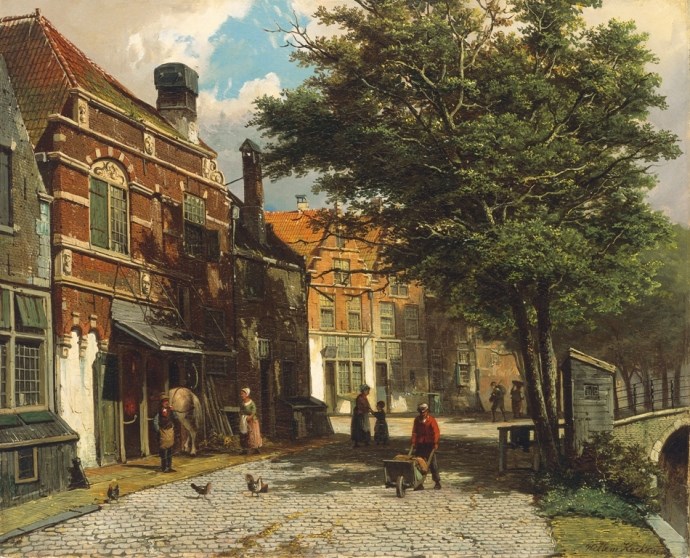
A perplexing problem from the Pi Mu Epsilon Journal, Spring 1983:
In the little hamlet of Abacinia, the people use two base systems.
One resident says, “26 people use my base, base 10, and only 22 people speak base 14.”
Another says, “Of the 25 residents, 13 are bilingual and 1 is illiterate.”
All the residents speak the truth, but each (naturally) expresses numbers in her own base. How many residents are there?
|
SelectClick for Answer |
Let the first resident speak base b. Then the second speaks base b + 4. By the second resident’s statement, then, the total population is 2(b + 4) + 5 = 2b + 13. And, according to the first speaker, the number of people who speak base b is 2b + 6 and the number who speak base b + 4 is 2b + 2.
The second resident says that 1(b + 4) + 3 = b + 7 people speak both bases and 1 is illiterate. So, putting all this together, the total population is
(2b + 6) + (2b + 2) + 1 – (b + 7) = 3b + 2.
Setting this equal to 2b + 13, we conclude that the two bases are b = 11 and b + 4 = 15. So the total population (in base 10) is 35.
(Proposed by Stanley Rabinowitz of Digital Equipment Corp., Merrimack, N.H. The solution is in PMEJ 7:10 [Spring 1984], page 676.)
|

